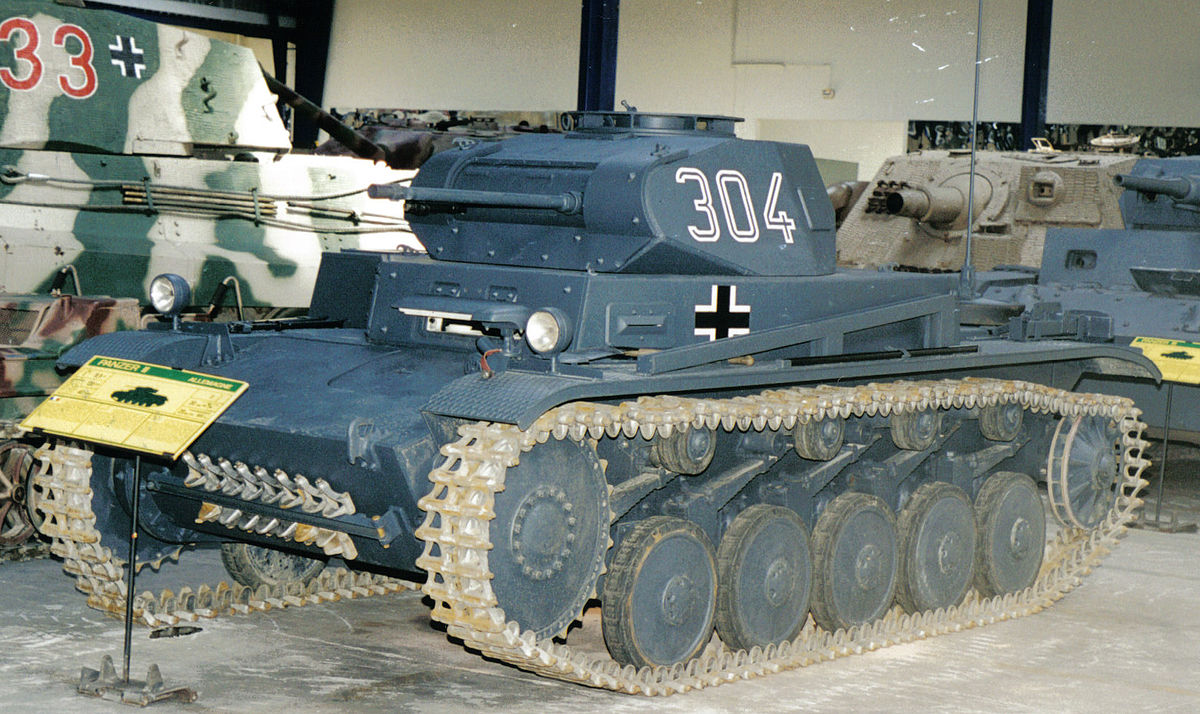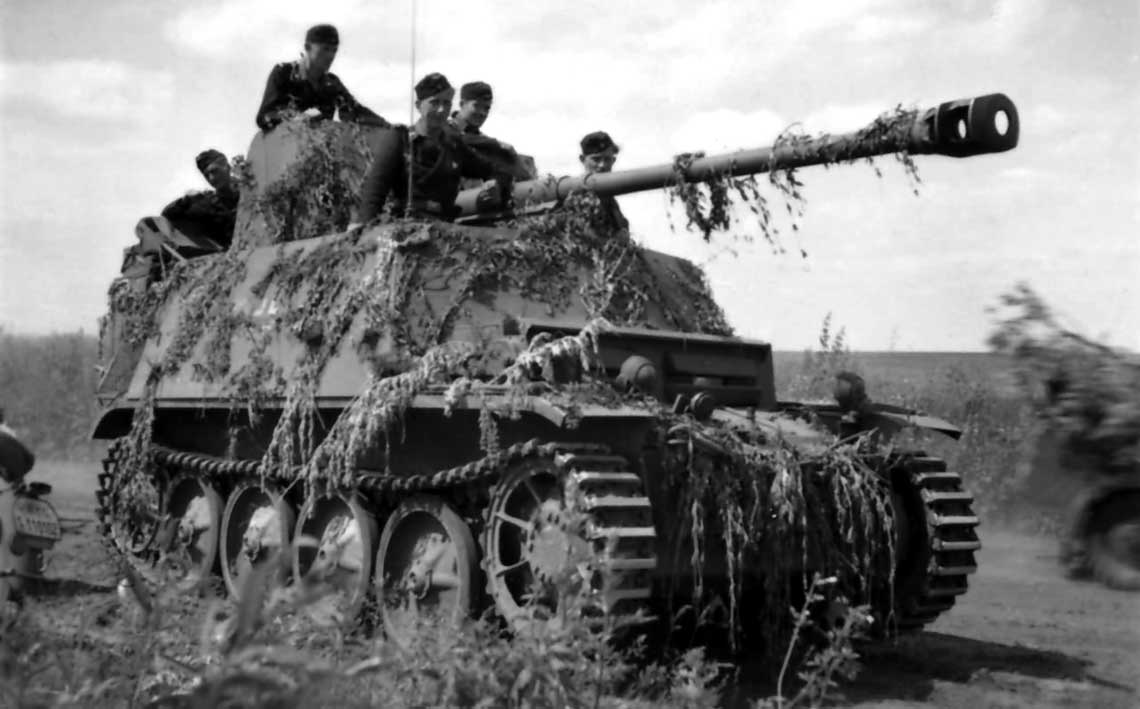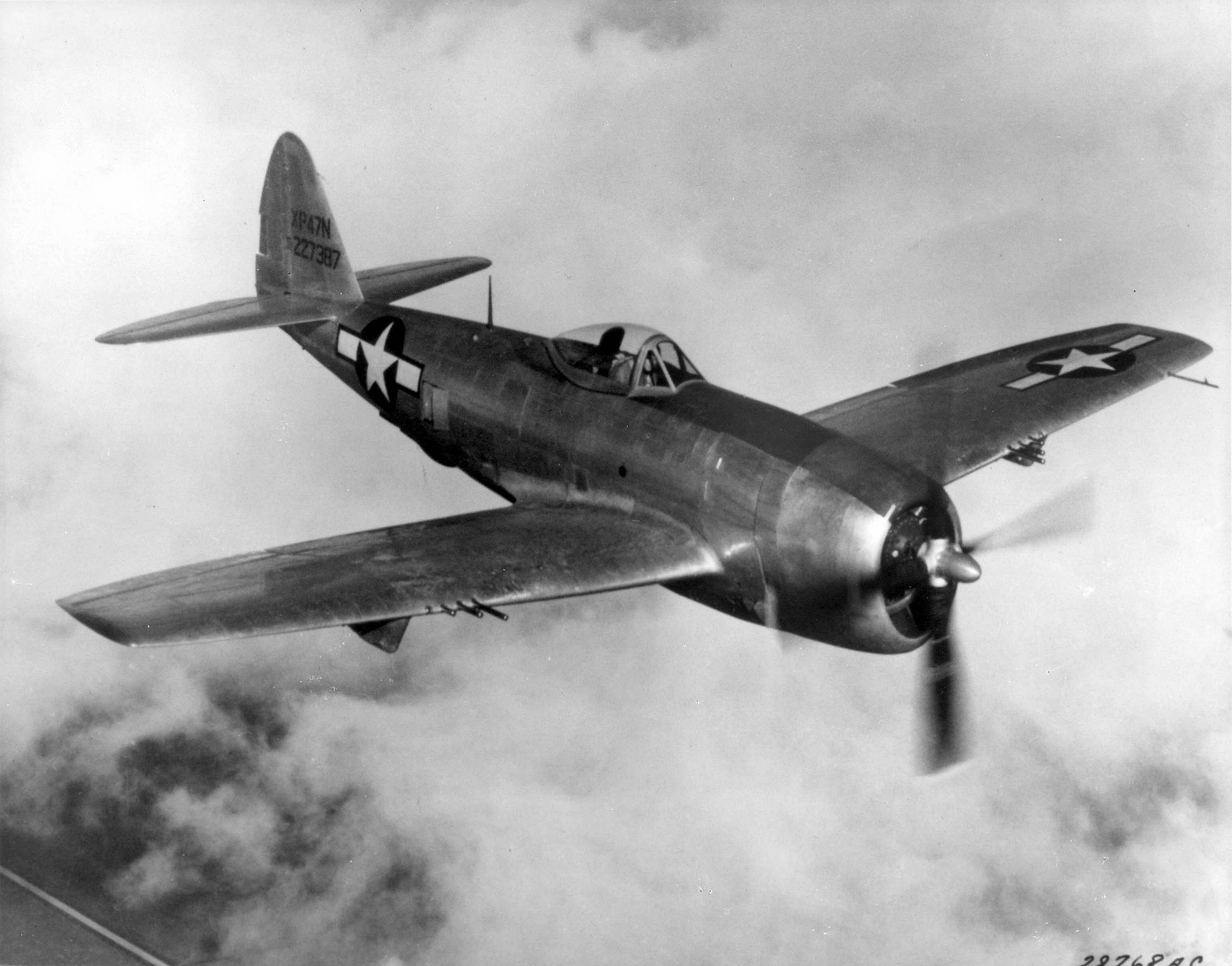
PzKpfW II. Reconnaissance tanks and self-propelled guns

Anti-tank self-propelled gun SdKfz 132 Marder II during the march, disguised as branches.
Contrary to initial fears, the undercarriage of the PzKpfw II proved to be quite successful and reliable. This chassis was used to produce light self-propelled guns, Marder anti-tank guns and Wespe howitzers. Another area of development was a family of reconnaissance tanks with torsion bar suspension and reinforced armor.
We will start with reconnaissance tanks, as this is the main direction of development of these vehicles. They were to be assigned to reconnaissance battalions of armored divisions and armored divisions (motorized rifle). It is worth noting here that until 1942, inclusive, these battalions had two companies of armored vehicles (light 4-wheeled and heavy 6- or 8-wheeled), a company of machine guns on motorcycles with a basket and a motorized support company with a platoon of anti-tank guns, a platoon of infantry guns and a platoon of mortars. In 1943-45, the battalion had a different organization: one company of armored cars (usually SdKfz 234 of the Puma family), a company of half-track reconnaissance transporters (SdKfz 250/9), two mechanized reconnaissance companies on SdKfz 251 and a support company with flamethrowers, infantry guns and mortars - all on SdKfz 250 half-tracks. Where did the light reconnaissance tanks go? For companies using SdKfz 250/9 transporters, which actually replaced a light tank.
Speaking of reconnaissance tanks, it is worth noting one important fact. The task of the reconnaissance units was not to fight, but to obtain important information about the actions, location and forces of the enemy. The ideal mode of operation of reconnaissance patrols was covert observation, completely unnoticed by the enemy. Therefore, scout tanks should be small so that they can be easily hidden. It was said that the main weapon of reconnaissance vehicles was a radio station, which allowed them to quickly convey important information to their superiors. Armor protection and weapons were mainly used for self-defense, allowing you to get away from the enemy and break away from him. Why was there an attempt to build a reconnaissance tank, although armored cars were used for this, which were faster than tracked vehicles? It was about the ability to overcome off-road. Sometimes it is necessary to get off the road and cross - over fields, meadows, through small ditches with streams or drainage ditches - to bypass enemy groups in order to covertly approach them from the other side. That is why the need for a tracked reconnaissance vehicle was recognized. The use of half-tracked SdKfz 250/9 for this purpose was a half-measure due to the lack of suitable tracked vehicles.
Light reconnaissance tanks in Germany were not so lucky. Their development was undertaken even before World War II. On June 18, 1938, the 6th Department of the Wehrmacht's Arms Department (Waffenprüfämter 6, Wa Prüf 6) ordered the development of a new reconnaissance tank based on the PzKpfw II, which received the test designation VK 9.01, i.e. the first version of the 9th tank. -ton tank. A speed of 60 km/h was required. The prototype was to be built by the end of 1939, and a trial batch of 75 machines by October 1940. After testing, serial production on a larger scale was to begin.
The chassis was designed by MAN and the lower body superstructures by Daimler-Benz. To drive the tank, it was decided to use an engine slightly smaller than the one used on the PzKpfw II, but with the same power. It was a Maybach HL 45P (the letter P meant Panzermotor, i.e. tank engine, because it also had an automobile version of the HL 45Z. The engine capacity was 4,678 cm3 (l) compared to 6,234 liters for the base PzKpfw II - the HL 62TR engine However, he gave out power 140 hp propulsion, but the crew was located differently. -mm frontal armor and 3800-mm side armor, and the driver and radio operator received one front sight and one reduced side sight in front of the fuselage. 62-mm KwK 2600 and 45-mm machine gun MG 6 on the right side of the gun) had changed shape and for greater strength lost the side visors, but received a commander's cupola with periscopes around it. Arming the vehicle with an EW 30 15 mm anti-tank gun was also considered, but in the end it was left with a 38 mm gun. The weapon was equipped with a TZF 20 optical sight with a field of view of 34o and a slightly higher magnification than the TZF 7,92 from the regular PzKpfw II - 141x compared to 7,92x. An important issue was the use (or rather an attempt to use) stabilization of weapons and sights in the vertical plane; it was supposed to increase the accuracy of shooting on the move, since it was believed that in the case of firing a reconnaissance vehicle on its own when trying to break away from the enemy, this could be important.

